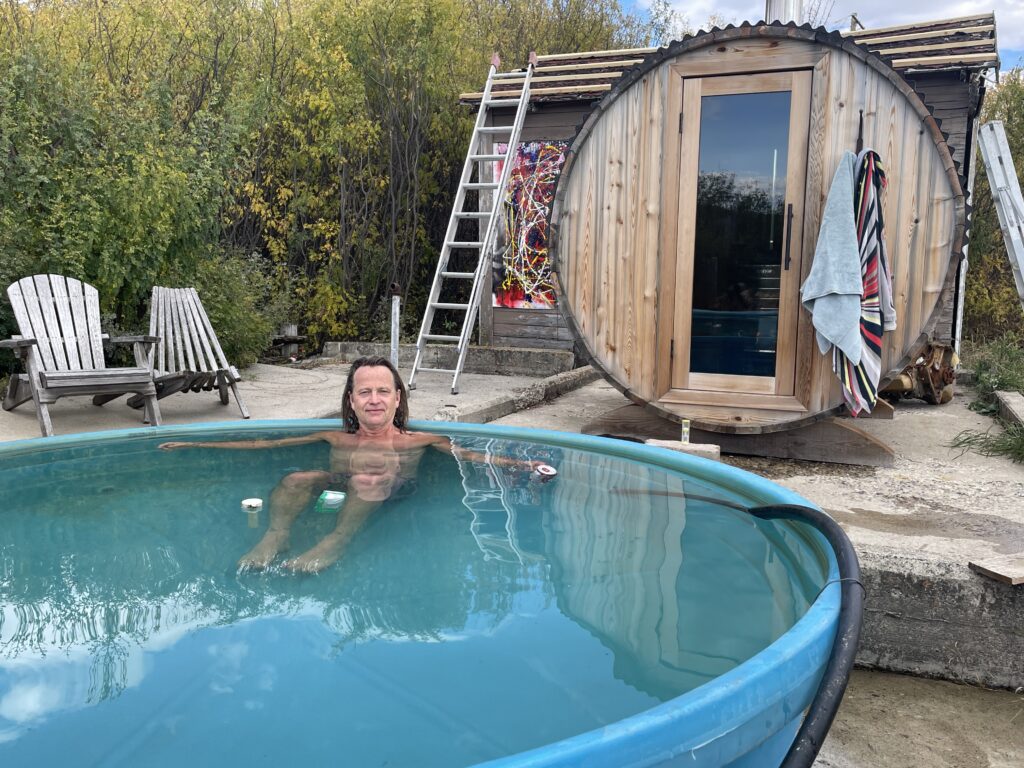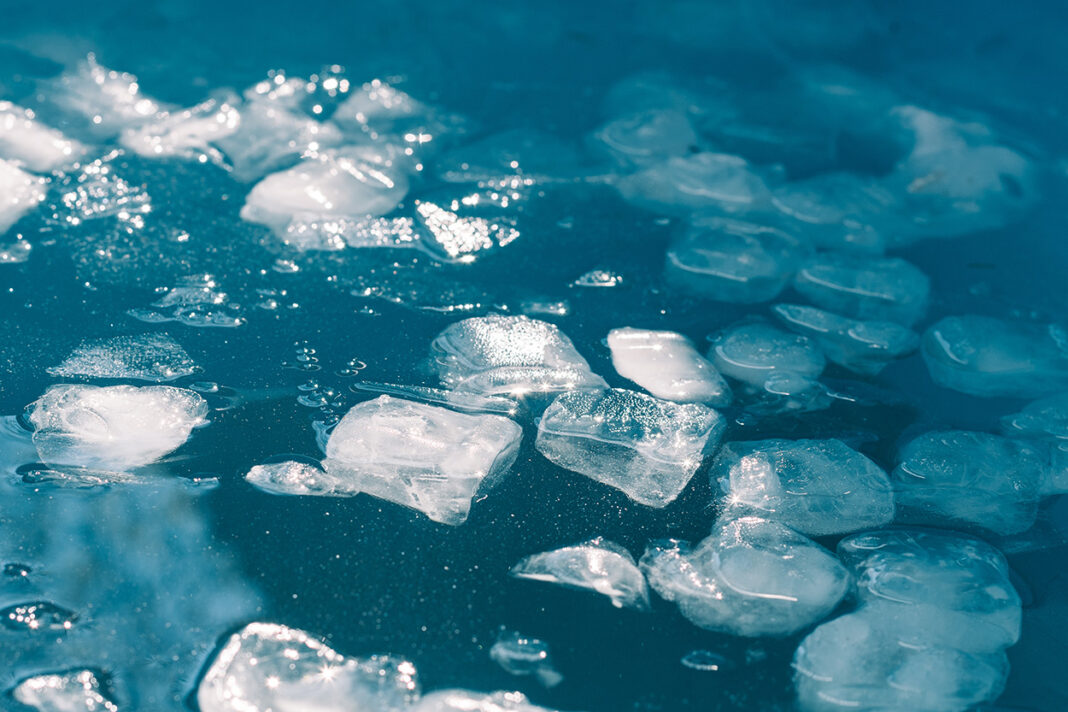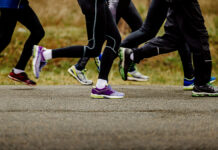At 64-years-young I have been running marathon distances and more multiple times a year for 30 plus years. And it hurts. I run slower now but hurt more than I ever have. Running long has consequences. My experience has shown that elation, confidence, inspiration, and pain are part and parcel of running. But that pain is a tiny price to pay for the days, weeks, months and years of
joy running delivers me.
Regardless, it still hurts and anything that alleviates that pain and coddles my aversion to discomfort is a boon to my continued running.
I have found the ticket. Contrast therapy – alternating sauna and cold plunge – is a routine I have been practising for a year now and what began as hype has turned into hope. Individually these recovery modalities have significant and notable effects on my recovery and mood. Both significantly lessen the effects of post-exercise muscle soreness. Not just kind of, but noticeably.
My practise that quickly turned addiction is a four- or five-day-a-week routine now.
Monday through Saturday: a minimum 15 minutes hot (80 C) – four minutes cold (8 C) – 15 minutes hot (80 C) – two minutes cold (8 C).
Sunday: three to five hours running followed immediately by four minutes cold (8 C) – 15 minutes hot (80 C) – four minutes
cold (8 C) – 15 minutes hot (80 C) – two minutes cold (8 C).
The times I use are set to protocols by Dr. Susanna Søberg’s (The Soeberg Institute) research on contrast therapy and Dr. Andrew Huberman (Stanford University School of Medicine) podcasts on the same subject who collectively recommend that 60 minutes of sauna and 11 minutes of cold plunge per week optimizes the benefits of both therapies.
After every plunge for one full minute I stand bare feet firmly planted on the earth, arms open to the heavens, reveling in my good fortune.
Behind the theory
Heat Sauna after a workout can help relax and soothe muscles, as well as increase blood flow. Fifteen or more minutes at 100 C+
causes blood vessels to dilate, improving circulation and nutrient delivery to the muscles. This enhanced blood flow aids in flushing out metabolic waste products, such as the lactic acid that accumulates during exercise lending to muscle soreness. Saunas stimulate the release of endorphins, promoting a sense of relaxation and overall well-being.
Cold Showers or cold-water immersion at temperatures below 15 C provide benefits for exercise recovery, constricting blood vessels, thus reducing inflammation and swelling in the muscles. Cold-water immersion decreases muscle soreness, speeds up recovery time, and improves overall muscle function. The cold water stimulates the release of serotonin, the neurotransmitter responsible for confidence, optimism and invincibility (that last one might be just me!) Also stimulated is the release of norepinephrine responsible for reducing pain and inflammation. Furthermore, cold plunges are associated with decreased oxidative stress and improved immune function.
Using both saunas and cold plunges in combination, known
as contrast therapy, can provide even greater benefits for exercise recovery. Alternating between hot and cold temperatures causes blood vessels to constrict and dilate, flushing out toxins and stimulating circulation. This enhances the efficiency of the lymphatic system, which plays a crucial role in removing waste from the body. Finishing cold is the recommended practise.
The thermogenesis necessary to reheat the body post-cold burns calories, shifts white fat stores to metabolically active brown fat and allows you to bask in the glow of a ridiculous serotonin spike. You feel so good you won’t believe it’s legal. As a bonus, contrast therapy can help regulate body temperature and improve cardiovascular function.

When to sauna and plunge
Sauna at night? Sleep comes fast and lasts long. Sauna in the afternoon? I am mentally sharp but relaxed. Sauna in the morning?
I don’t sauna in the morning, chances are I would just go back to bed!
Cold plunge is a gateway drug. The combined serotonin/noradrenaline dump is staggering. After every plunge for one full minute I stand bare feet firmly planted on the earth, arms open to the heavens, reveling in my good fortune. Know if you are cold plunging at night it is 20 or 30 minutes before you are ready to sleep. As with sauna, post-cold-plunge sleep is deep and meaningful.
Together, the benefits of sauna and cold plunge are greater than the sum of their parts and I have found them to be almost inexplicable in their ability to reduce inflammation, post-exercise soreness and the negative vibe that leads to skipped workouts.
Caveats
If you are lifting weights with muscle growth as a goal, allow at least four hours after lifting to cold plunge. The post-exercise inflammation associated with lifting weights is an integral part of the repair and rebuild process. It’s best not to interrupt that.
Sauna and cold immersion work and like exercise and eating well they work when practised consistently. The regular practise of both or either modality has a significant impact on recovery and continued performance. The occasional practise is good but does not deliver the lasting benefits of a regular practise. Just like a once-a-week run, it’s a great buzz but little effect on aerobic capacity.
You May Also Like – The Health Benefits of Cold Exposure

Read This Story in Our 2023 Fall Fitness & Food Issue
Featuring this year’s winners of the Amazing Race Canada, Ty Smith and Kat Kastner on our cover. Inside our latest issue, you’ll find all the inspiration you need to carry you through the autumn season. From delicious high-protein recipes and how to resist the crunch of potato chips to running through the high peaks of the Colorado Rockies and the latest in nutrition and fitness, these pages are packed with expert knowledge and advice.
















